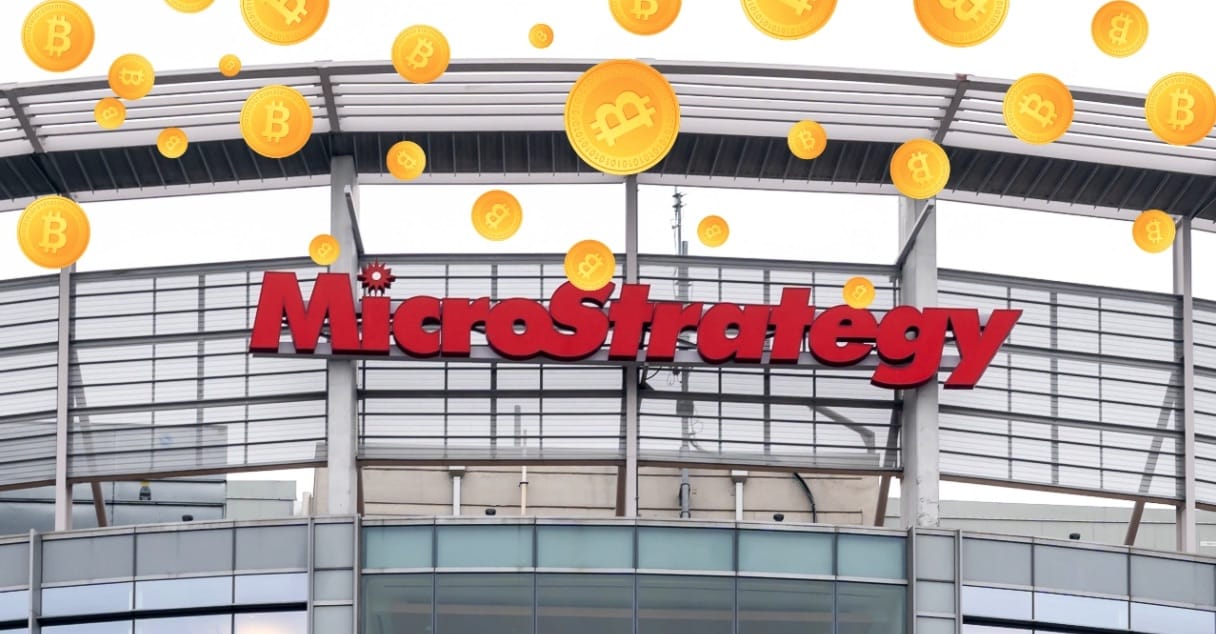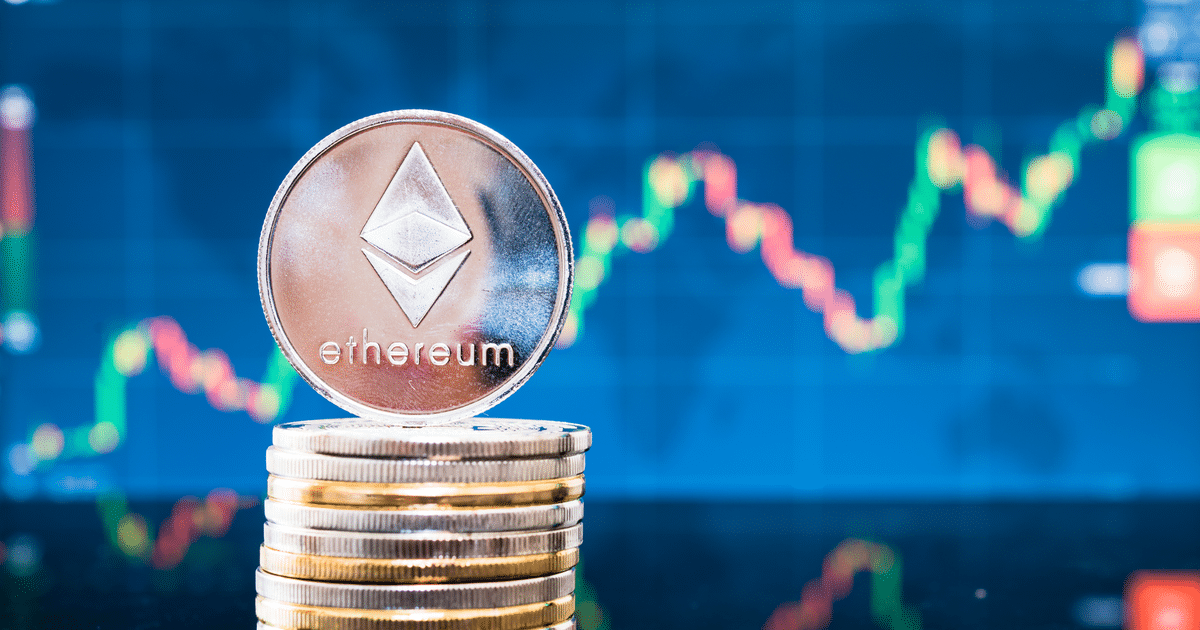Table of Contents
Acala is a DeFi platform that supports cross-chain operability through its stable coin aUSD.
During the summer of 2020, the introduction of the COMP token sparked the decentralized finance (DeFi) race with millions of investors pitching into either benefit from yield farming or just being able to take a loan using cryptos.
After COMP, many tokens tried to mimic the success of COMP and jump off the DeFi bandwagon, many succeeded while many failed to catch up. With the majority of tokens operating upon their specialized blockchain, many shortcomings were apparent.
A new blockchain made by an up-and-coming firm could handle so many transactions per-minute until traffic starts to pile up, creating bottle-necks, delayed transactions, and increased transactional fees. This happened over and over again, and even ETH gas prices hit record levels.
As an integrated multichain protocol, like Polkadot, Acala can trade information with other blockchains in the DeFi ecosystem. This allows for Acala to implement bridges to the Bitcoin blockchain, enhances transactional speed and overall efficiency across many chains so that costs are also low.
Acala: The Founders
Acala’s integration into Polkadot was not coincidental, as there are still other multichain protocols out there, but Polkadot is the chain of choice. This is the culmination of years of experience, trust, security, and synergy between the Polkadot eco-system teams, Laminar, Polkawallet, and direct support from Polkadot’s founder.
The team consisted of three brilliant minds, Bryan Chen who had the opportunity to work closely with Dr. Gavin Wood, the founder of Polkadot, Fuyao Jiang the founder of Polkawallet, and Ruitao Su founder of Laminar. They met in Hangzhou, China in 2019, they soon began the development of Acala.
Acala was spearheaded after the project received a large grant by the Web3 Foundation, also run by Gavin Wood, giving the team the much needed monetary and technical support from Polkadot. The grant was used to develop the Acala’s stable coin, which is now known as aUSD.

Stablecoin: Acala Dollar
One of the main selling points of Acala is its stablecoin, Acala Dollar or aUSD.
Unlike 99% of stablecoins in the market that are backed by fiat which could cause a few restrictions such as the ability to be censorship-resistant, go permissionless, and be trustless.
Acala Dollar is backed by different valuable cryptos such as Bitcoin, Ether, and so on, and that allows it to retain its decentralization.
The Acala Dollar prides itself on its ability to be used and transferred freely throughout the Polkadot multichain ecosystem which means any token within the protocol could be turned into Acala Dollar.
With a system-wide presence, the aUSD should be a boon to liquidity in the DeFi ecosystem.
The DeFi hub of Polkadot
The meat of Acala consists of two protocols, Honzon and Homa. These are the core functions that make up the Acala system.
The Honzon protocol is where interoperability comes into play, users could create Acala Dollar by creating a collateralized debt position (CDPs) and they could use any token within the protocol to deposit.
CDPs could also facilitate loans in Acala Dollar and again, could be used in any network that is on the protocol.
As for Homa, it powers the liquid staking feature within Acala, it lets users stake the DOT token and receive the liquid DOT or L-DOT which could be used to generate more Acala Dollars or to easily transfer and trade across the Polkadot platform.

Your Turn to Take Control
As a truly decentralized platform, power is given to the investors.
The existence of Acala’s native token or ACA is not without a purpose. It could be used as a regular token on a blockchain, to settle fees, trade, so on and so forth. But what makes ACA special is that it gives users voting rights and the power to have a voice on important protocol decisions.
Karura on Kusama
Kusama is essentially a similar version of Polkadot with virtually the same code. From an outside perspective, Kusama may seem as if it is a test-net for Polkadot, but it’s fully-fledged features and the community may say otherwise.
Kusama usually gets the newest features to experiment with, and if it works, it will be implemented onto Polkadot.
With Polkadot receiving Acala as its DeFi hub, it is only fair that the Kusama community deserves the same, and Karura is the answer. As previously stated, Karura will be exactly like Acala code by code.
Karura will also enjoy staking liquidity, where users could stake the native token KSM to receive liquid KSM or L-KSM and is capable of performing any DeFi function similar to L-DOT.

Users on Kusama could also enjoy cross-chain liquidity by bridging, therefore removing any additional ETH in fees associated with wrapped tokens but rather, use the token on hand to settle those fees.
Aside from Karura being capable of performing basic DeFi applications such as making a loan, trading on the decentralized exchange, and earnings from yielding, it is also an open governance platform where the community will vote upon future changes of the network.
For now, Polkadot and Kusama will be operating side by side with each other and so will Acala and Karura respectively. The future of the platform is for the two systems to interact with each other and become interoperable with one another.
What is a PLO?
PLO, or Parachain Lease Offering in simple terms is a way for the Polkadot network to lease a Parachain in their ecosystem, a parachain will most often be developed as a blockchain.
As there are limited amounts of parachain in a protocol, these leases will allow developers to bid for a chance to lease a spot and let the market demand determine what price it should be for a leasing period of two years.
After integration with Acala, Karura will then host its PLO which is scheduled to happen in Q4 of 2020. This will be very exciting for developers who are interested in the Polkadot and Kusama protocols as Kusama encourages risk-takers and “enabling rapid progress and growth”.
So if your startup wishes to move and grow fast, this could be the place for you.
More to Come!
As of the time of writing, Acala has already laid out its plans for 2021 with more exciting features such as the inclusion of a Council Governance, enabling cross-chain asset Bitcoin, which could happen during Q1, full EVM and smart contract support, support for more cross-chain assets for Q2 and for Q3, enabling liquid democracy.
Acala is Well Designed and Has Support
Though investors around the world had all encountered hardship during the dreaded year of 2020, it is undeniable that it is the most exciting year for the Polkadot ecosystem. With Acala being the leader of decentralized finance, investors on the protocol now have more opportunity to somewhat make back what they have lost during the pandemic.
Better yet, it has also been an exceptional year for the Kusama community. With the introduction with Karura, hand in hand with Acala, the future for this family of blockchain in 2021 will not only be filled with opportunities for developers but also filled with profitability to investors as well.
If you want to learn more about the Acala ecosystem, or any of its features, just click here for more information!
The post Acala: DeFi Hub & Stablecoin Platform for Cross-Chain Liquidity & Apps appeared first on Blockonomi.
























